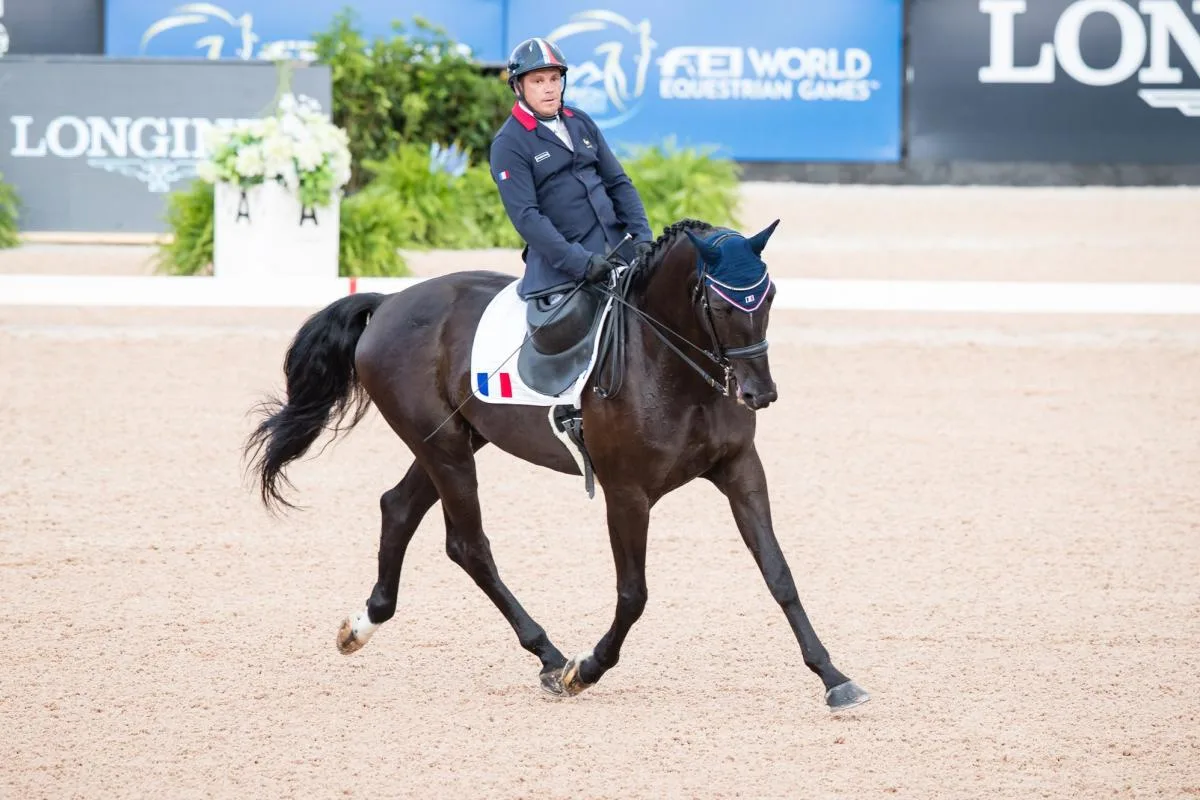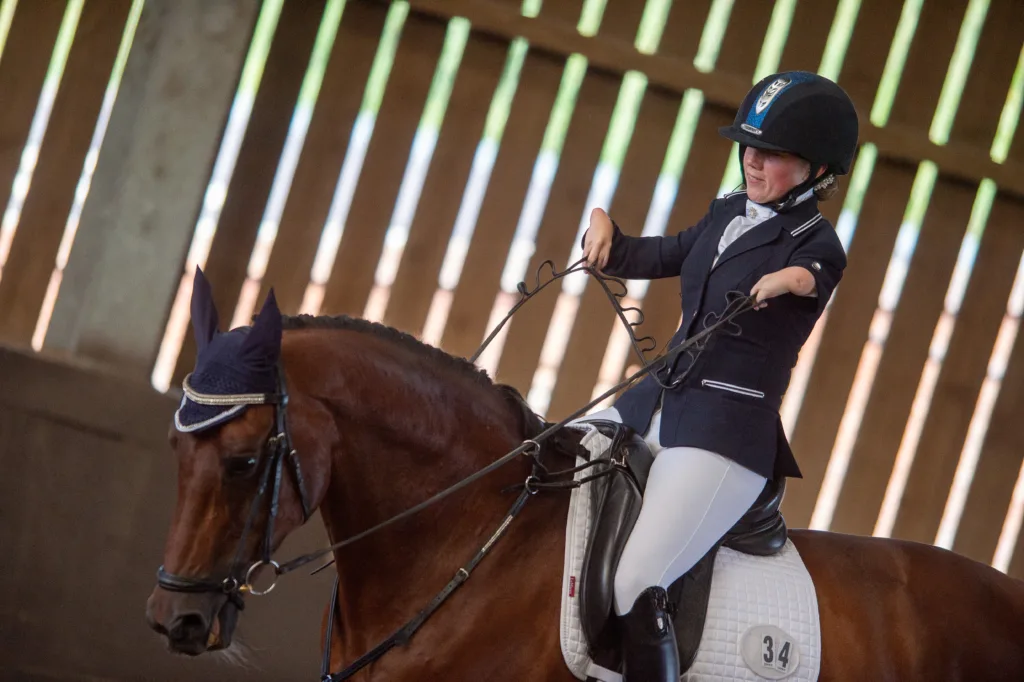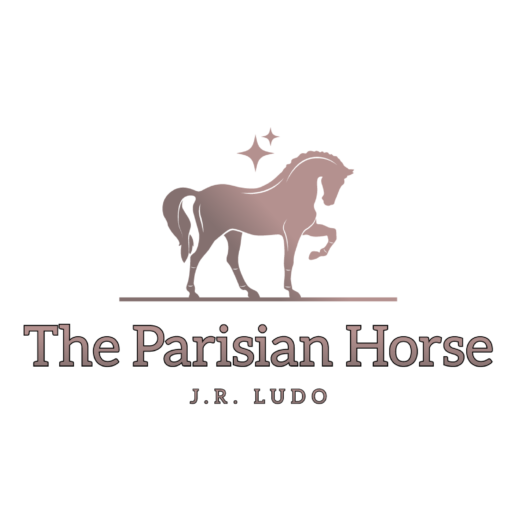
In precisely one year, para-equestrian events will grace the magnificent Château de Versailles from September 3rd to September 7th, 2024. This inclusive discipline, embracing various physical disabilities, has held Olympic status since the 1996 Atlanta Games.
Equestrianism stands alone as a Paralympic sport where men and women compete under identical conditions, with both rider and horse earning Paralympic medals.
Diverging from the Olympic Games, which encompass three equestrian disciplines, the Paralympic Games feature only dressage. This exacting discipline unfolds amidst the grandeur of the Château de Versailles, promising to be a highlight of the 2024 Paris Games.
Leading up to the momentous occasion, the Versailles Equestrian Club, designated a “Preparation Center for the Games” and the recipient of a departmental grant, is facilitating training for sports delegations.
The Harmony of Rider and Horse
Para-dressage is the embodiment of the harmonious relationship between rider and horse. Athletes are evaluated on the precision and quality of their riding, their horse’s behavior at various paces, halts, and artistic flair, as explained by the equestrian department committee.
It is an exacting equestrian event, visually spectacular, where the horse-rider duo is artistically showcased through a series of maneuvers performed during a routine. Judges assess the fluidity and ease of the duo’s performance within the arena.
Initially used for therapeutic purposes, para-dressage reaps the benefits of the human-animal connection and has evolved into a competitive sport.
“In para-dressage, we witness an incredible bond between the rider and the horse, where the horse takes care of its rider with a disability,” observes Pierre, a para-equestrian coach.
While the first competitions emerged in the 1970s, para-dressage was integrated into the Paralympic Games only in 1996, during the Atlanta Games. All events are mixed, with riders grouped into four different handicap grades.

Diverse Disabilities in the Arena
Para-equestrian dressage accommodates various physical disabilities (locomotor, sensory, and cerebral) and allows every para-athlete to compete in routines adapted to their physical capabilities and technical proficiency, alongside riders with similar disability profiles.
The ability to manage the horse’s paces and perform dressage movements justifies a classification system devised by the International Equestrian Federation, ensuring fair competition.
These classifications, known as Grades, total five in number. Grade I pertains to the most severe disabilities, while Grade V encompasses milder handicaps.
Grade 1: Riders with significant disabilities affecting all four limbs and the trunk. They typically use a wheelchair in daily life.
Grade 2: Riders with severe impairment of sitting balance or milder issues with the trunk and all four limbs. They typically use a wheelchair in daily life.
Grade 3: Riders with correct sitting balance but either upper and lower limb impairment and trunk impairment, or severe impairment of both lower limbs.
Grade 4: Riders with upper limb disabilities or less severe impairments in all four limbs. They possess good control over their horses. Blind riders and riders of short stature also compete in this category.
Grade 5: Riders with limited joint range or muscular strength in one or two limbs. Visually impaired riders also compete in this category.
Judges evaluate the horse’s paces, precision of movements, and transitions. Crucially, total harmony between horse and rider is paramount. After their performance, judges award a percentage-based score, with the best exceeding 70%.

